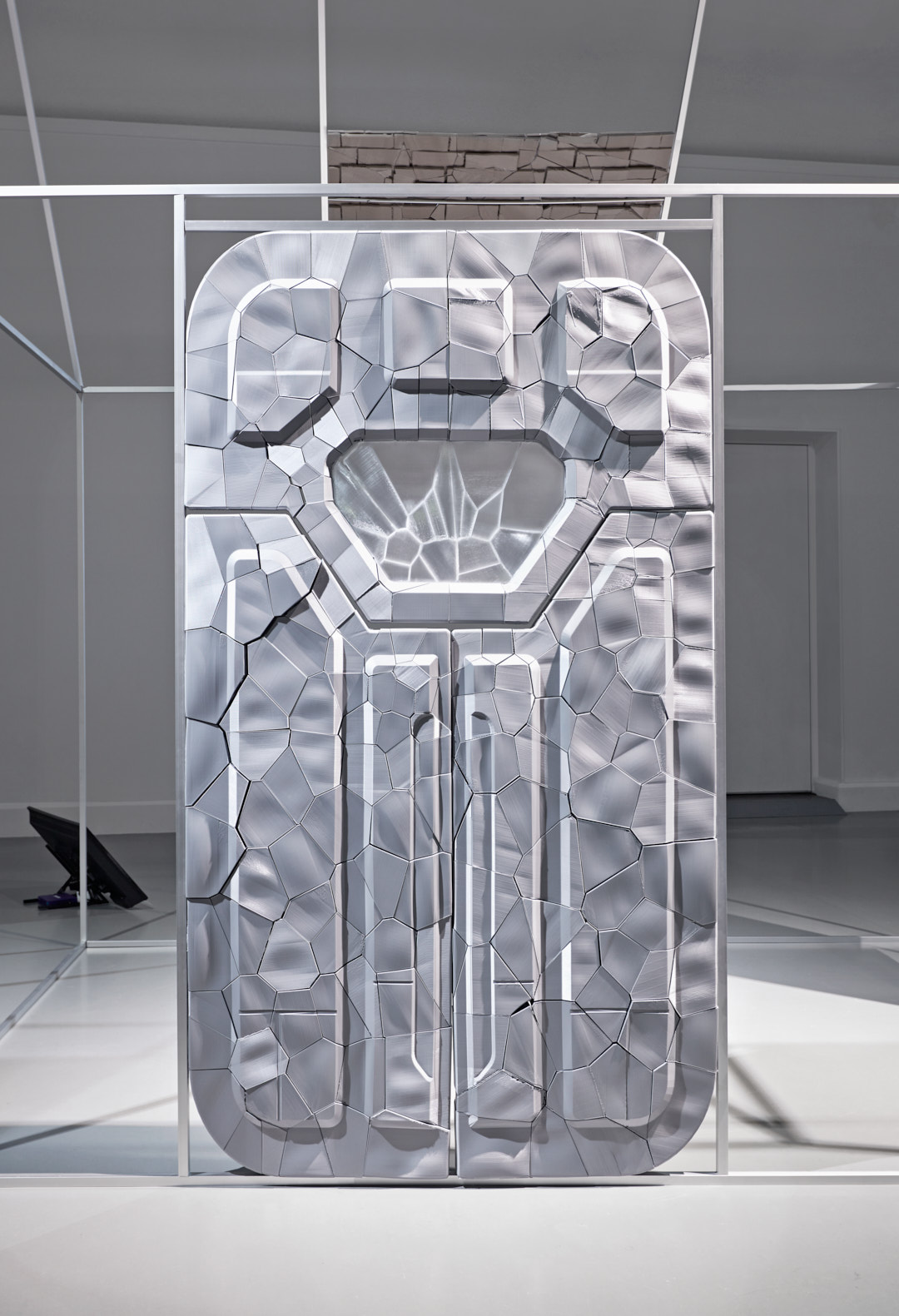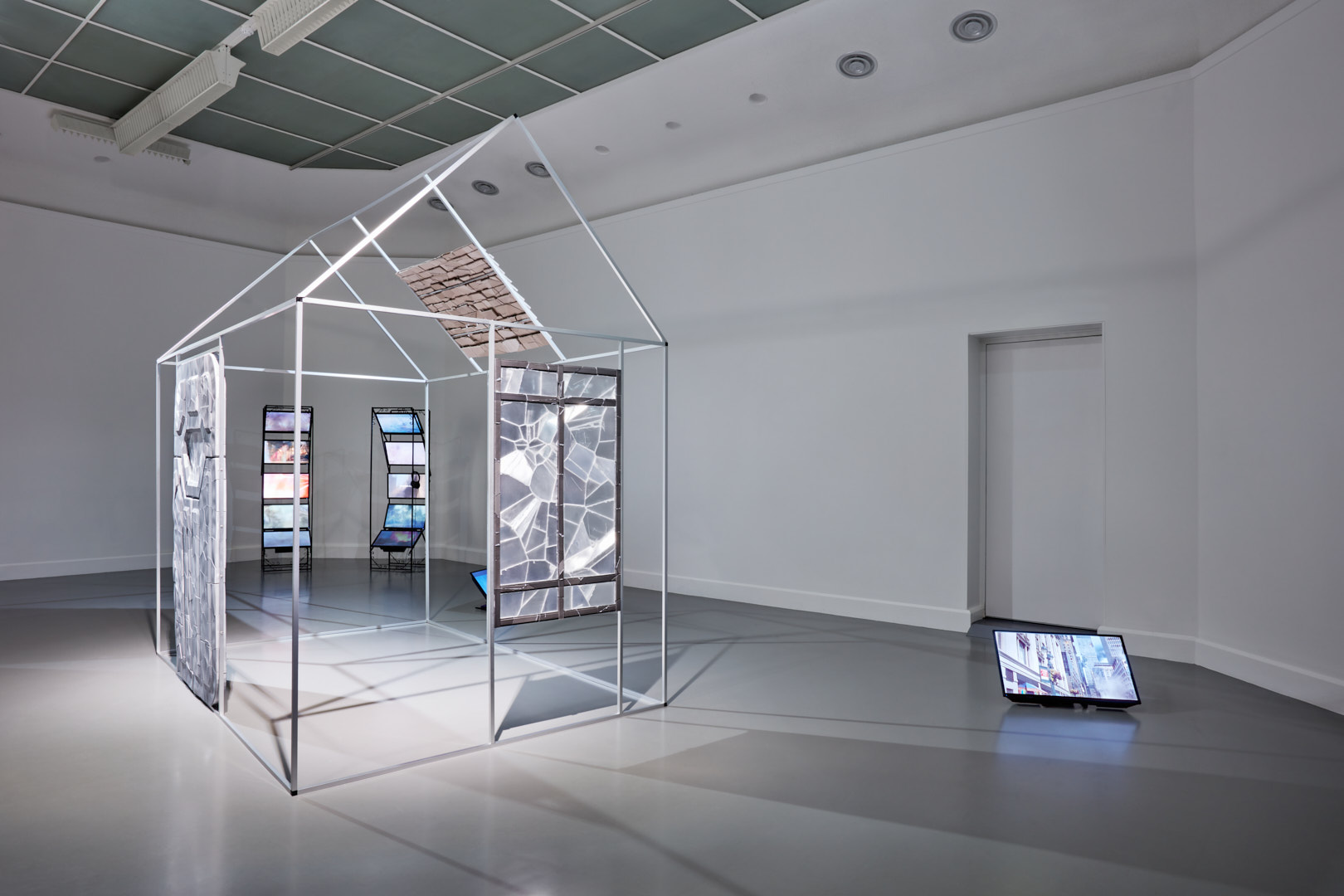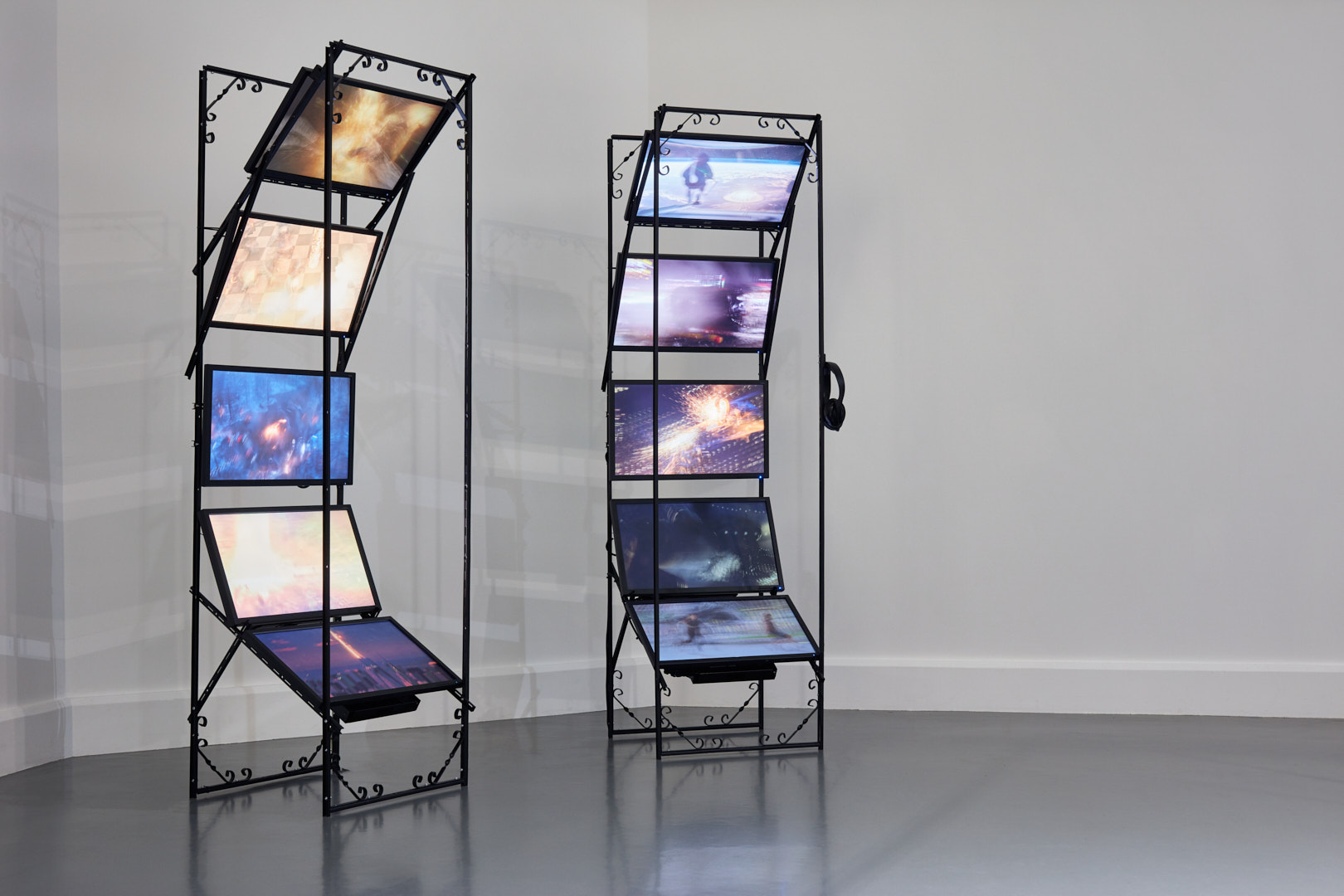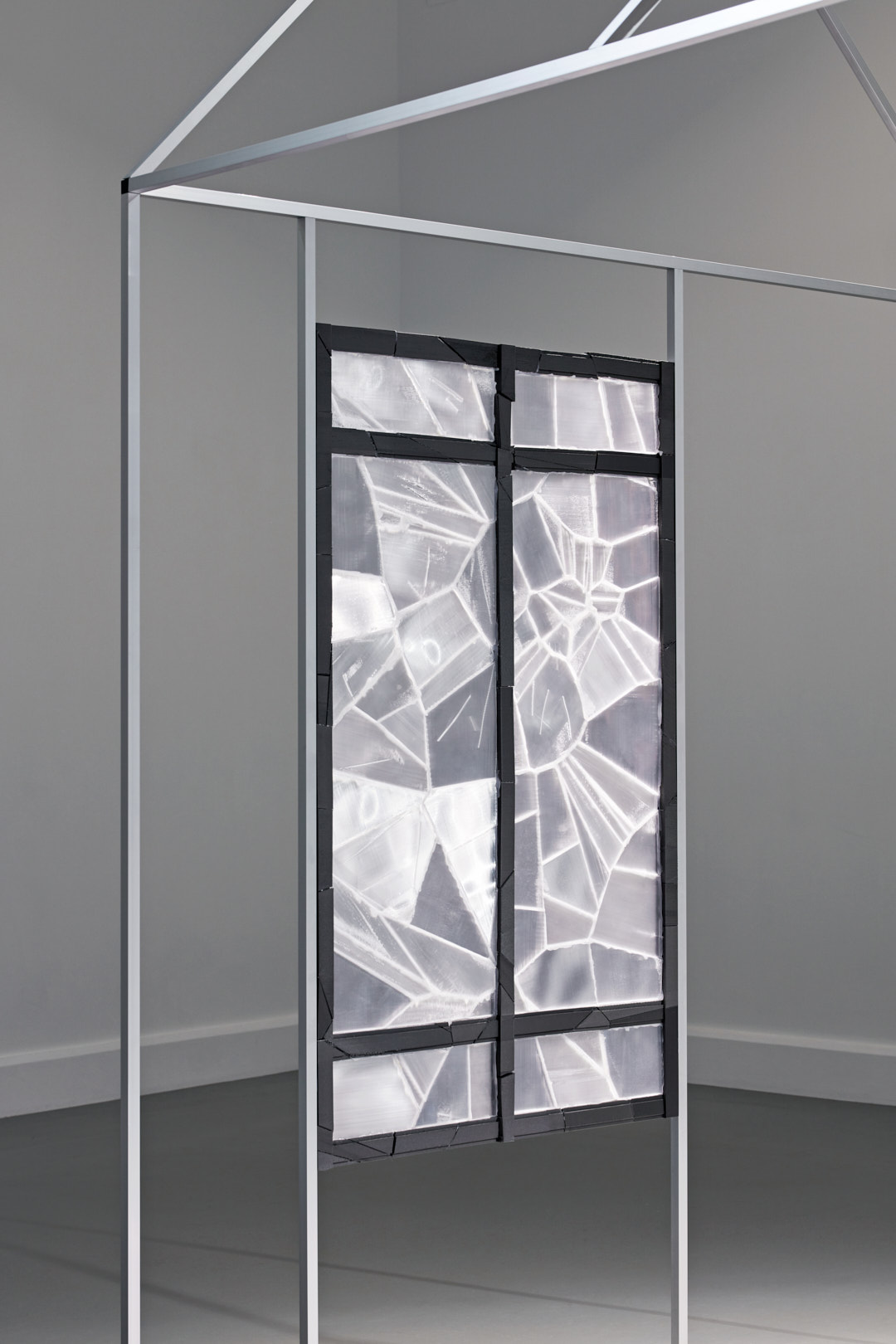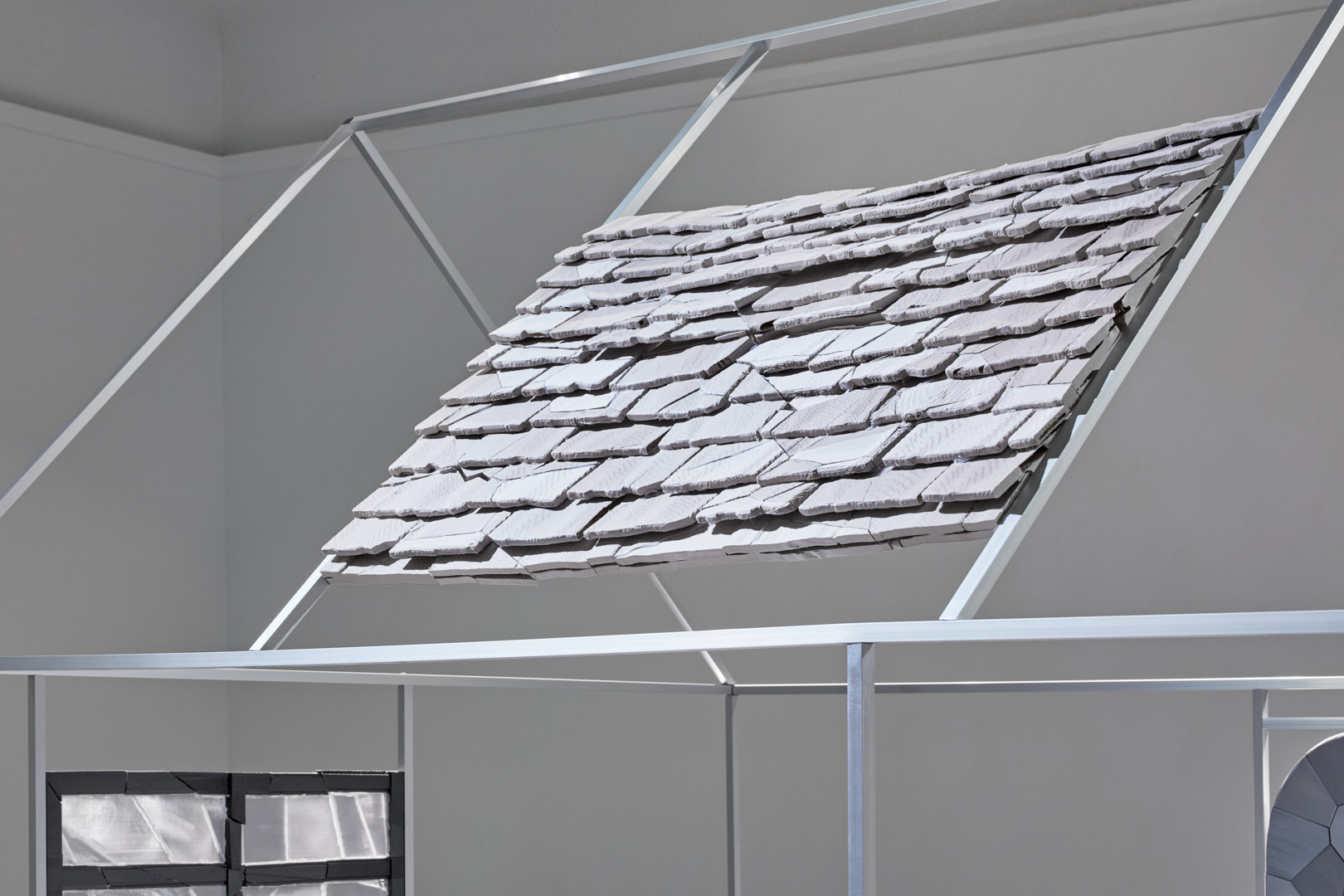Compute
VanAbbe Museum; Junk GEO-DESIGN exhibition
![]()
Since its invention, cinema has reflected major issues within society through storytelling. Genres have waxed and waned with social concerns and priorities. Today, the moving image is understood not just as entertainment but as a tool for communication, influencing the cultural agenda as much as it responds to it.
Since the early days of the movies, scenes of destruction have played an important role in the way cinematic narratives are built. The creation of junk as a plot point or visual effect is so common in films, it could almost be considered a hidden philosophy – a way to read the value of objects.
CGI has become a crucial tool in contemporary cinema, freeing it from the physical realities of set building and budgets. Removing these boundaries has further enabled the use of destruction as pure spectacle, with strikingly few consequences.
Using 3D modelling, animation software and 3D printing as forensic tools, Schimmel&Schweikle recreate digital debris from action scenes in the top ten most-watched American movies of the past decade. Reconstructing fictional junk and making it whole again, they contrast the speed of consumption of the moving image with the time-consuming act of repair. At 1:1 scale, this series of objects – a window, a door and a roof – makes tangible the unseen ramifications of destruction.
Subtitles:
DEMOLISHED PIXELS and RENDERED IMAGINARIES
Credits:
Special Effects
Stijn Stumpel
![]()
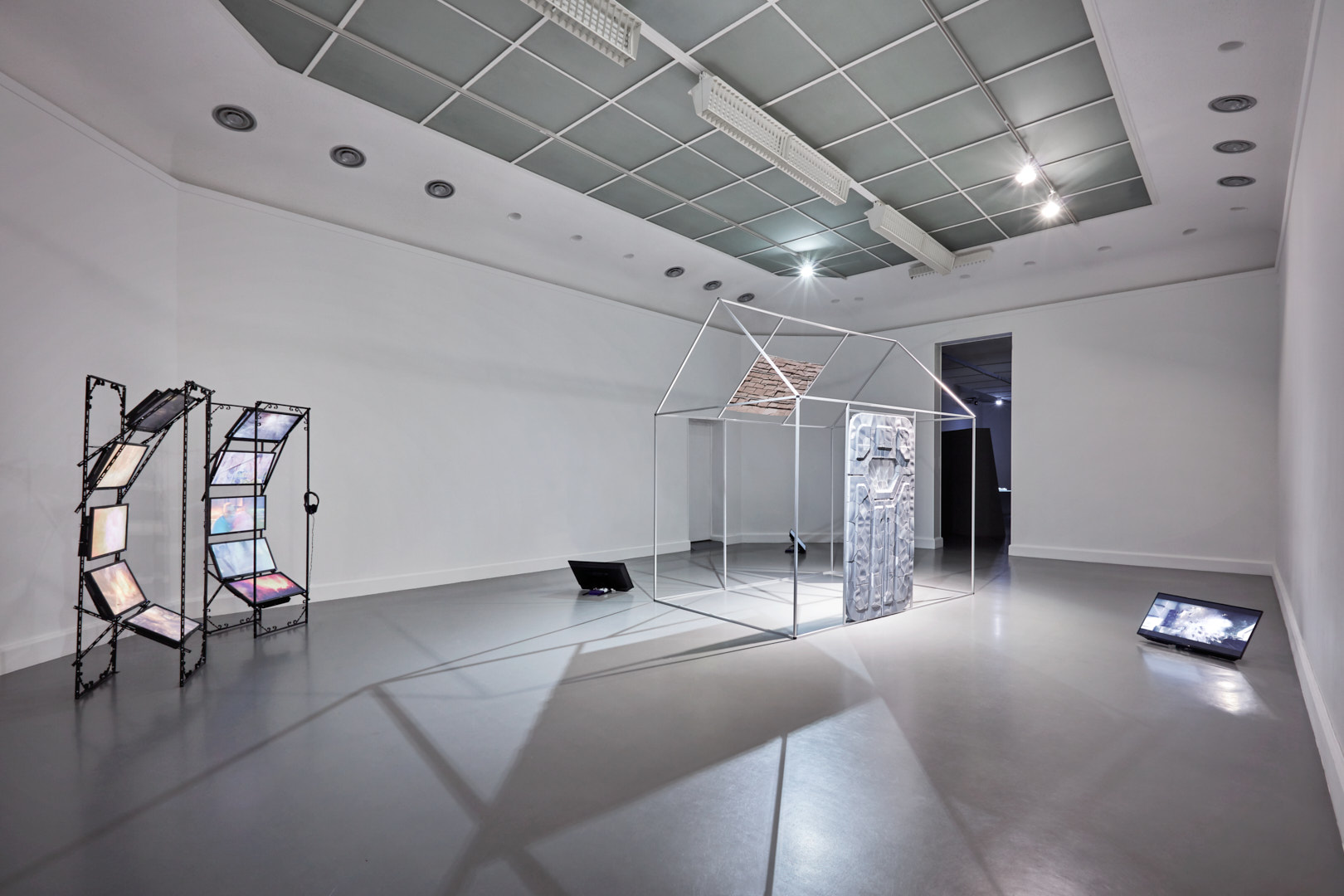
Since its invention, cinema has reflected major issues within society through storytelling. Genres have waxed and waned with social concerns and priorities. Today, the moving image is understood not just as entertainment but as a tool for communication, influencing the cultural agenda as much as it responds to it.
Since the early days of the movies, scenes of destruction have played an important role in the way cinematic narratives are built. The creation of junk as a plot point or visual effect is so common in films, it could almost be considered a hidden philosophy – a way to read the value of objects.
CGI has become a crucial tool in contemporary cinema, freeing it from the physical realities of set building and budgets. Removing these boundaries has further enabled the use of destruction as pure spectacle, with strikingly few consequences.
Using 3D modelling, animation software and 3D printing as forensic tools, Schimmel&Schweikle recreate digital debris from action scenes in the top ten most-watched American movies of the past decade. Reconstructing fictional junk and making it whole again, they contrast the speed of consumption of the moving image with the time-consuming act of repair. At 1:1 scale, this series of objects – a window, a door and a roof – makes tangible the unseen ramifications of destruction.
Subtitles:
DEMOLISHED PIXELS and RENDERED IMAGINARIES
Credits:
Special Effects
Stijn Stumpel
